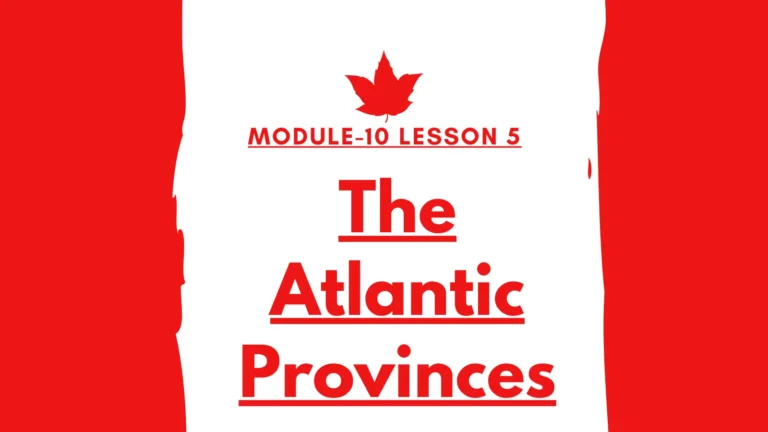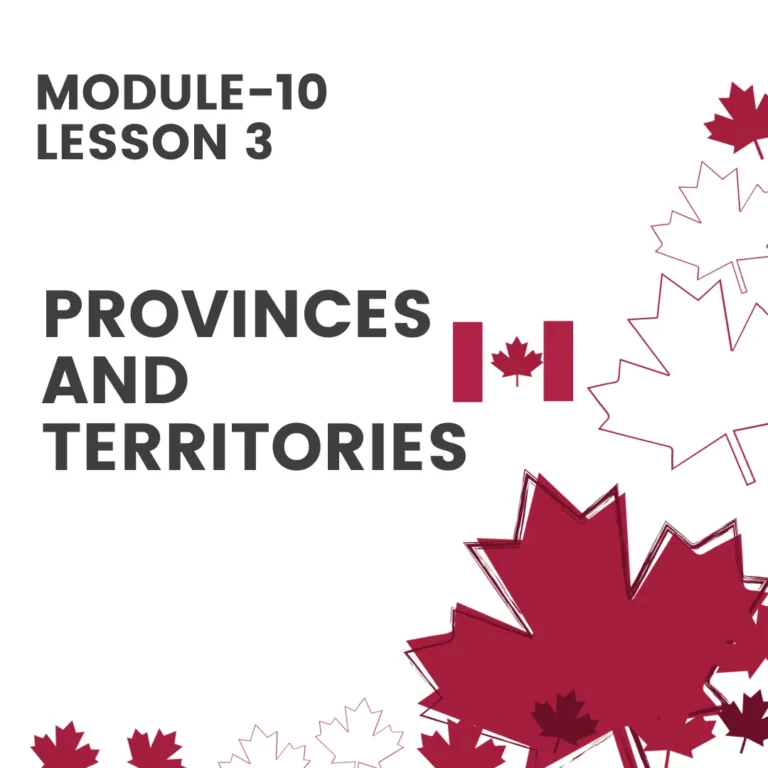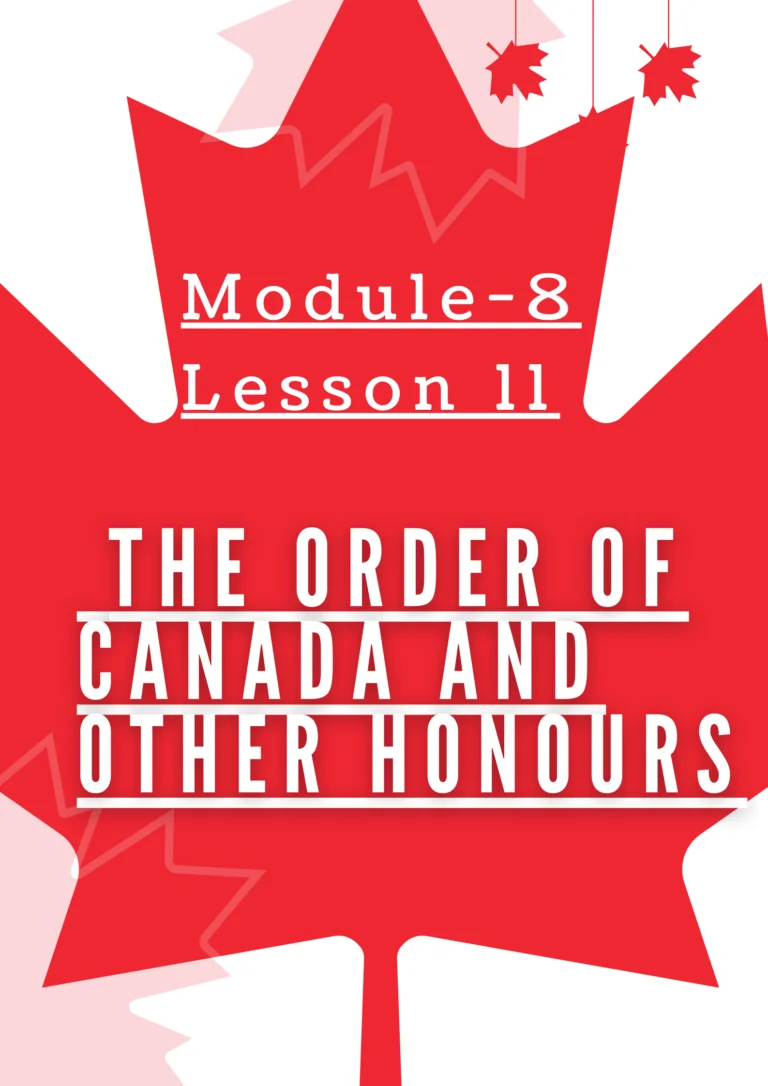Module-5 Lesson 1 Federal State
Canada’s federal state system was established according to the Constitutional Act of 1867, which has had a significant influence on its government.The federal system of government complements its stunning landscapes. Canada is the second-largest country in the entire world. The federal state system in Canada is defined by the division of power between the provinces and the federal government. This creates a mosaic of diversity and unity that represents the rich culture and geography of the country.
History of Evolution
Canada’s colonial history is the source of its federal state system. Before confederation the present-day territories of Canada were British colonies with their own systems of government. Federalism was created to provide a coordinated response to common concerns, like defense and commerce.
A group of visionary men, the Fathers of Confederation played an important role in shaping the structure of the Federal Government during the Charlottetown Conferences and the Quebec Conferences of the year 1864. This led to the formation of two governments: a federal one responsible for matters national and a provincial government with responsibility over local affairs. This division was solidified by the British North America Act, which became known as Constitution Act, in 1867.
Divided powers:
Canadian federal states distribute powers among the federal government, the 10 provinces and three territories. In Section 91, the Constitution Act, federal powers are outlined, including issues of national significance such as criminal law, defense, foreign affairs and health. Section 92, on the other hand, outlines provincial powers. These include areas such as education, health and natural resources.
The clear delineation of authority allows each level of government to operate independently in their respective spheres. The Constitution Act also incorporates a concept called concurrent powers. This means that certain areas such as immigration and agriculture fall under both the federal and the provincial government’s jurisdiction.
What is the role of provinces and territories?
Canada’s provinces and Territories have significant autonomy in their respective spheres. Every province in Canada has its own government and legislature, which is responsible for drafting laws and policies to meet the needs of their residents. In areas like education, this regional autonomy can be seen in the fact that provinces are able to set their own educational policies and curriculum.
The federal government sets guidelines and standard, but the provinces are responsible for implementing these policies and adapting them to the specific needs of the local population. Decentralization not only promotes local identity, but it also accommodates diverse cultural and language backgrounds.
The uniqueness of their status is due to the smaller populations in northern Canada and the distinct challenges they face. Although not as autonomous as the provinces are, the territories still have the power to create policies tailored for their local communities.
The Challenges of Cooperative Federalism
The Canadian federal system is not without its challenges. The delicate balance of federal and province powers has been strained by issues such as regional tensions and economic disparities. Canada’s cooperative federalism concept has helped it to overcome these obstacles.
The cooperative federalism is a collaborative approach to tackling common challenges. The Canadian government has been involved in lengthy intergovernmental discussions, reaching agreements on numerous issues, from environmental protection to healthcare. The cooperative approach adopted by Canada has helped it to better navigate the complexities of federalism and improve its effectiveness.
Federal state Canada : Notable Features
1.Equalization: Canada has implemented equalization payments to address the economic disparities between provinces. Richer provinces pay into a fund that is distributed to the less wealthy provinces in order to maintain a standard of services comparable.
2. Supreme Court of Canada: As a court, the Supreme Court of Canada has a vital role to play in the interpretation of the Constitution and the resolution of disputes between federal and provincial government. The court’s landmark decisions have contributed to Canada’s evolution and clarification of federalism.
3. Amending Formula. The Constitution Act of 1982 introduced a formula for amending the Constitution that required the consent of both the federal government as well as a number of provinces who represented a specific percentage of population. It ensures constitutional amendments take into account the needs of federal and provincial governments.

Conclusion:
The federal state system of Canada is a symbol of the country’s dedication to diversity and unity. The system, which balances regional autonomy and national cohesion within one political framework, has enabled the coexistence between different cultures, traditions, and languages. Canada’s federalism is a great example of adaptability, resilience, and dialogue between federal, provincial, and territorial governments.







